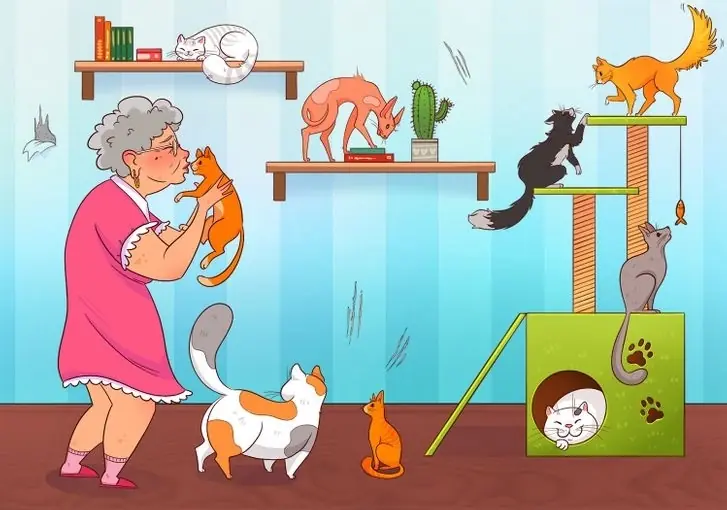
The pan has lost its non-stick coating, don't throw it away
How to Revive a Non-Stick Pan That Has Lost Its Coating
Over time, even the best non-stick pans can lose their smooth surface. You may notice food sticking to the pan, making it harder to cook and clean. However, before you throw away your pan and invest in a new one, there's a simple trick you can try to extend its life and keep it useful.
Why Non-Stick Pans Lose Their Coating
The non-stick coating of a frying pan is usually made from materials like Teflon. With regular use, this coating can start to degrade, especially if exposed to high heat or metal utensils. Once the coating starts to peel or wear down, food can begin sticking to the surface, making cooking and cleaning a challenge.
The Simple Trick to Prevent Sticking
Instead of tossing the pan, try this simple method to keep your pan functional:
-
Peel a Potato: Grab a fresh potato and cut it in half.
-
Rub the Cut Side on the Pan: Gently rub the cut side of the potato over the surface of the pan. The potato contains natural starch that can help create a temporary non-stick layer.
-
Heat the Pan: Heat the pan on medium-low heat for a few minutes. This will allow the starch to settle and form a thin coating that will help reduce sticking.
-
Cook as Usual: Once the pan is cooled, it’s ready for use! The food should slide off more easily, and the pan won’t break or stick during frying.
Why It Works
Potatoes are rich in starch, which has mild adhesive properties. When rubbed on a worn non-stick surface, the starch can create a barrier that mimics a non-stick effect, making it easier to cook without food sticking. This isn’t a permanent solution, but it can help keep your pan functional in the short term.
Other Tips for Maintaining Non-Stick Pans
-
Avoid High Heat: Cooking at high temperatures can degrade the non-stick coating. Stick to medium or low heat to preserve the coating.
-
Use Wooden or Silicone Utensils: Avoid using metal utensils, as they can scratch and damage the surface.
-
Hand Wash: Always hand wash non-stick pans with gentle soap and avoid abrasive sponges.
By following these simple steps, you can breathe new life into your old non-stick pans and keep cooking with ease, even when the coating starts to wear off.
Would you like any changes or more information on this?
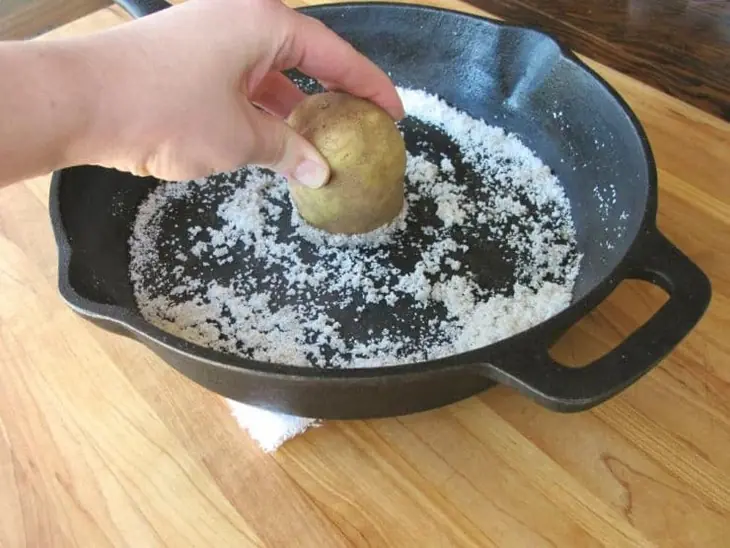
News in the same category

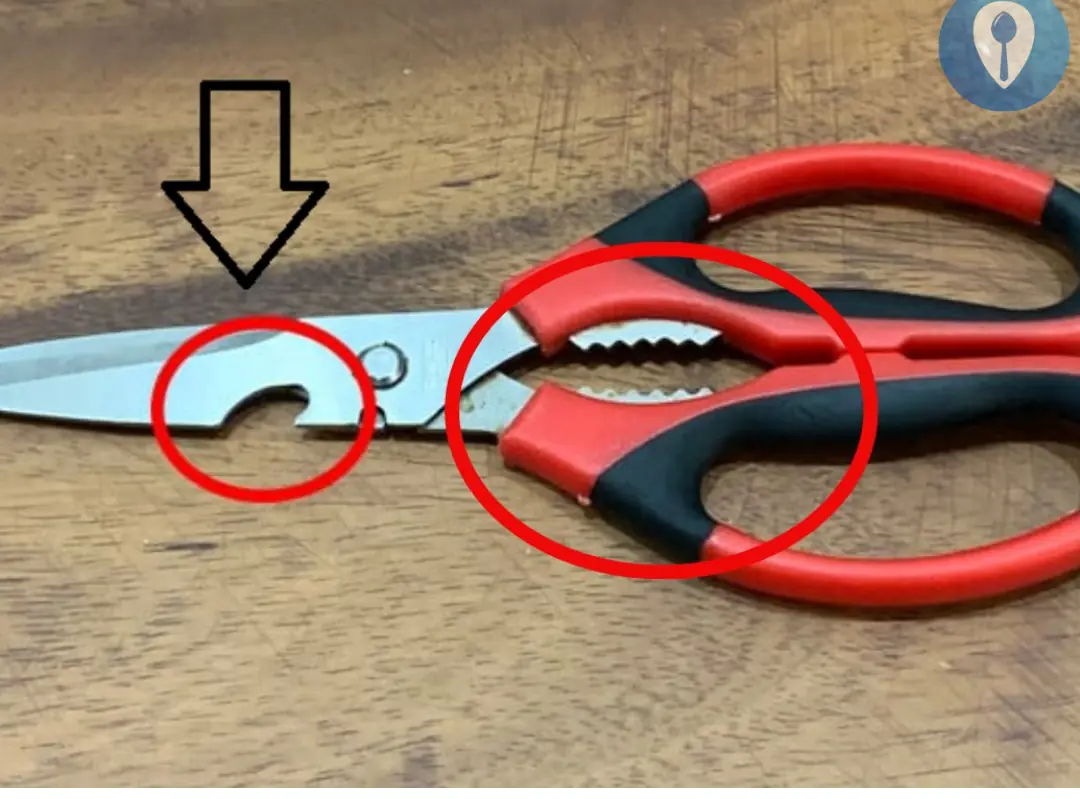
What are the buttonholes and serrated holes on scissors used for?

Many people worry that throwing toilet paper into the toilet might cause blockages
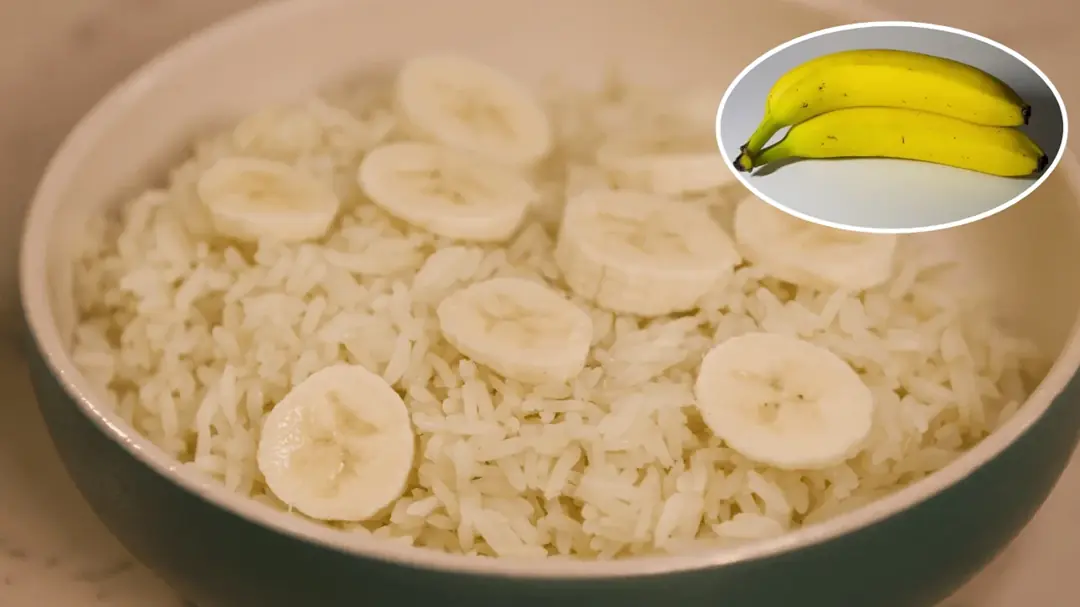
Cooking Rice with Banana: It Sounds Unusual, but the "Golden" Benefits Are Amazing!
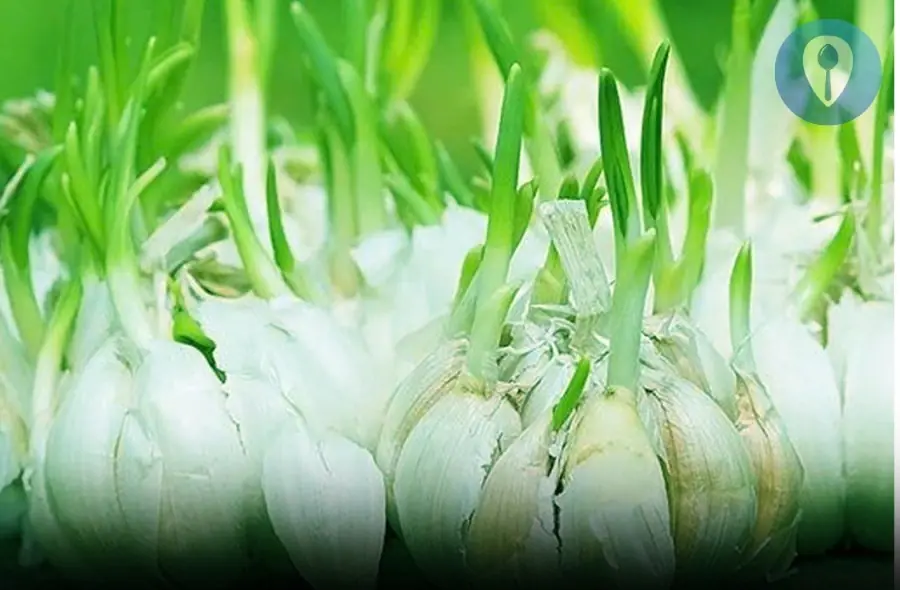
If you see garlic sprouting, don't rush to throw it away
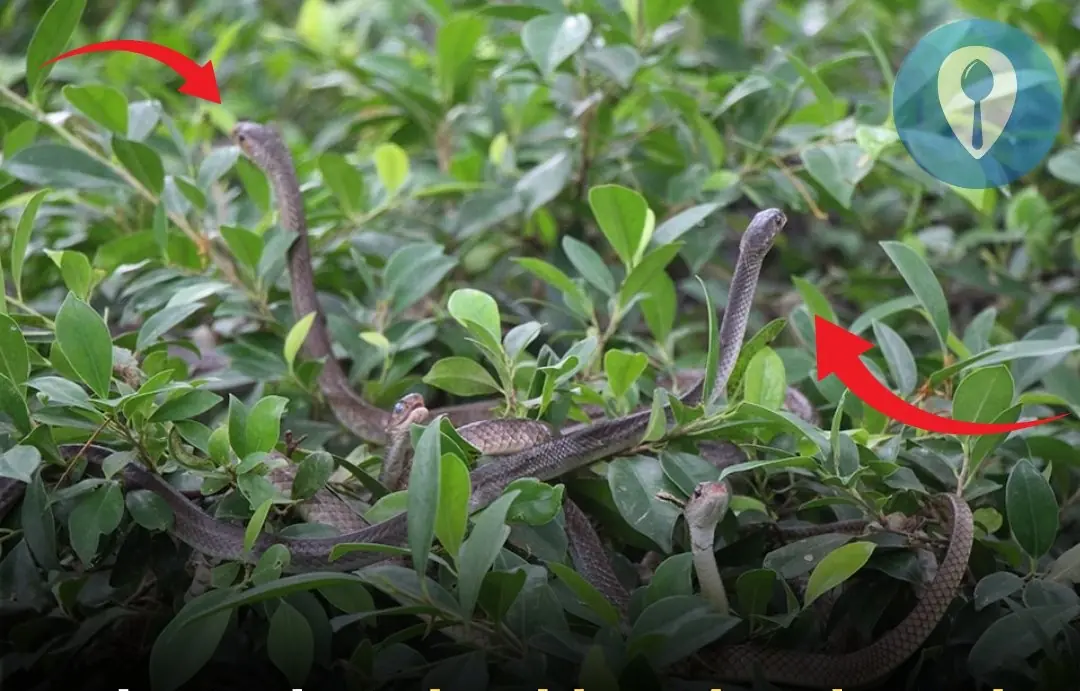
Plants that should not be planted around the house
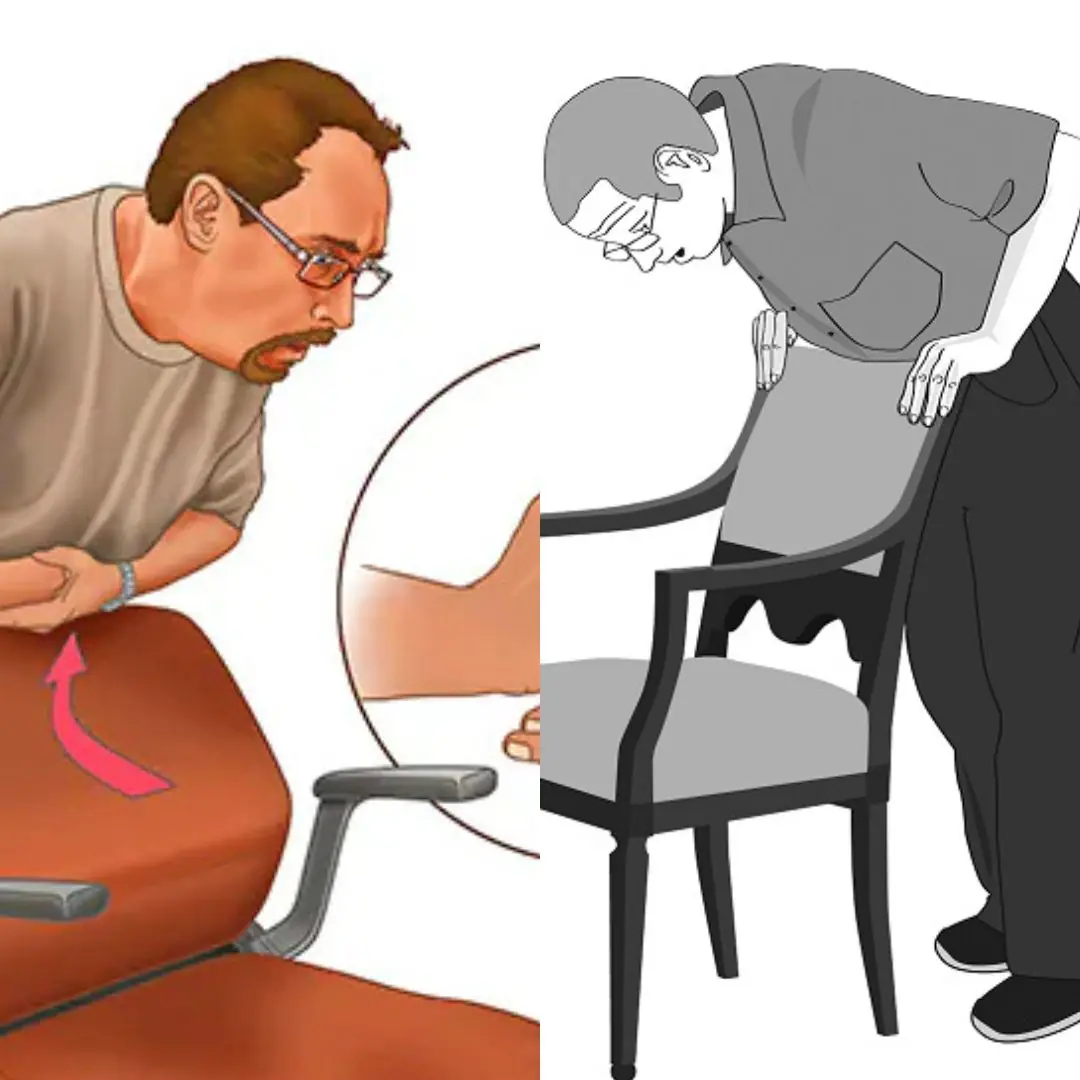
First Aid Guide: Foreign object swallowed
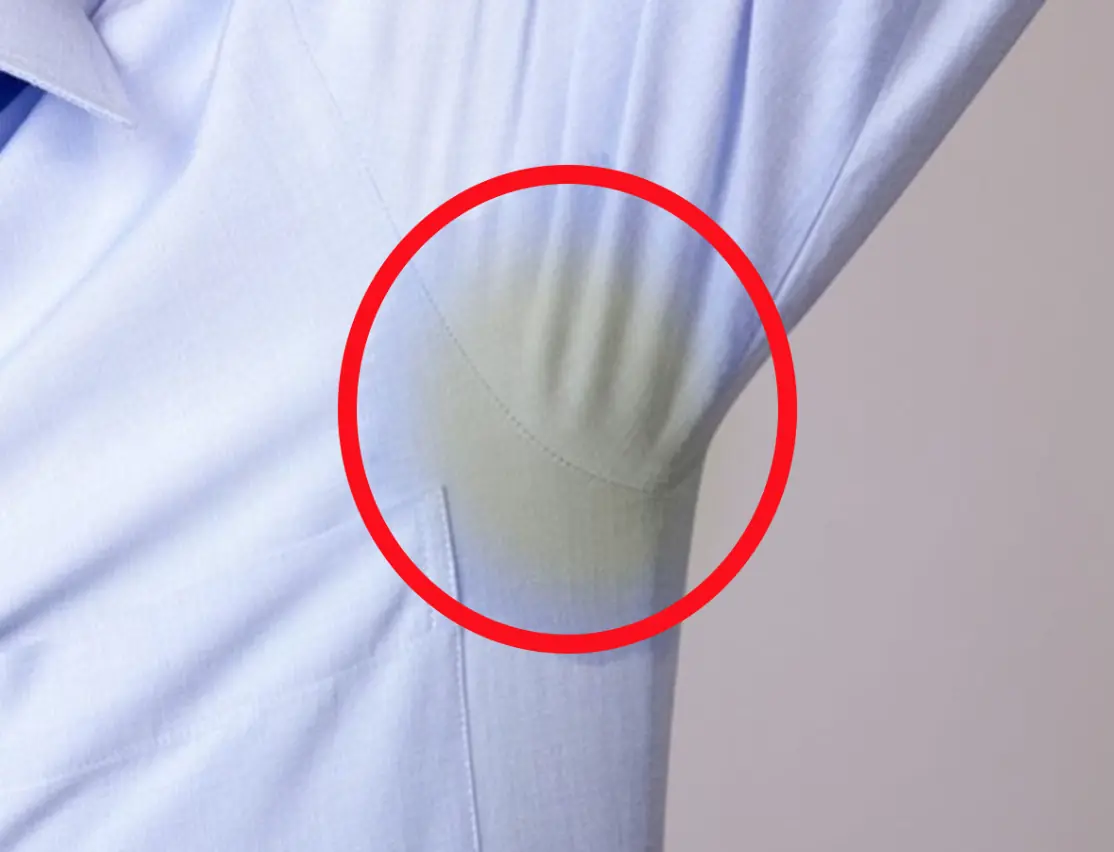
Simple tips to clean yellow sweat stains on white shirts

What to Do When You’re on a High Floor During an Earthquake: Simple Yet Crucial Guidelines

This Is the Nemesis of Fishy Odor: Add One Spoonful for Tender, Perfectly Seasoned Fish!
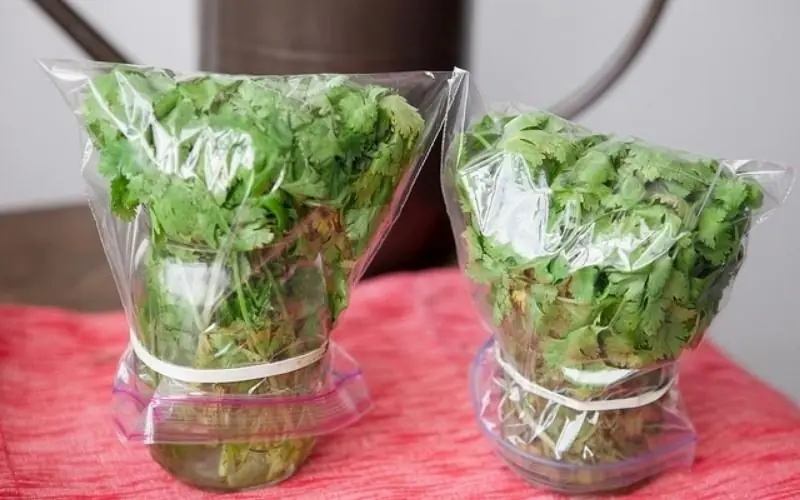
Japanese Don't Need Refrigerators: 3 Brilliant Ways to Keep Vegetables Fresh, Proving Their "Smart IQ"

The air conditioner exploded while running normally, important notes for prevention
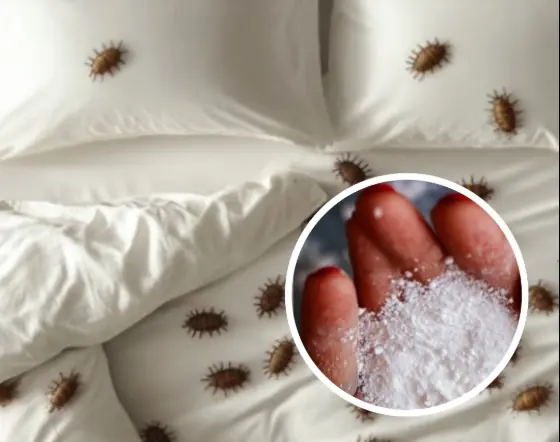
How to Naturally Eliminate Dust Mites and Bedbugs from Your Mattress
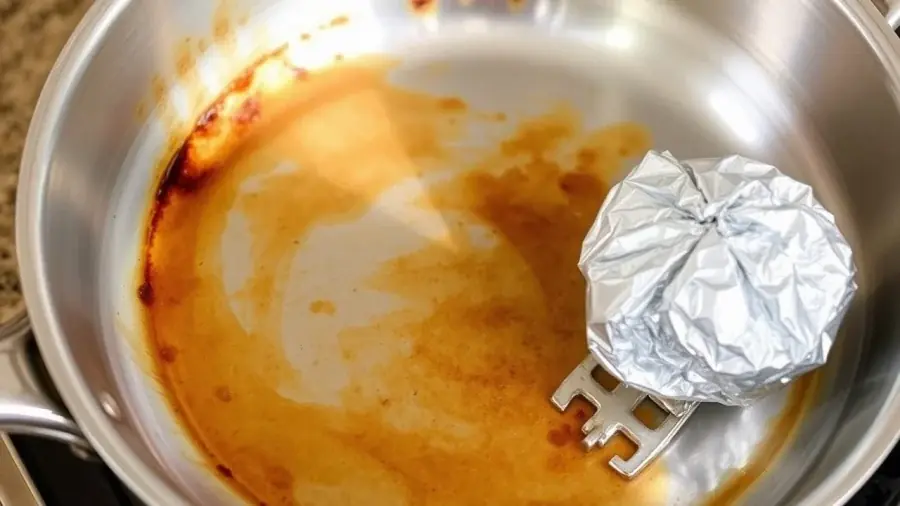
Make the Most of Aluminum Foil: 9 Surprising Uses in Everyday Life
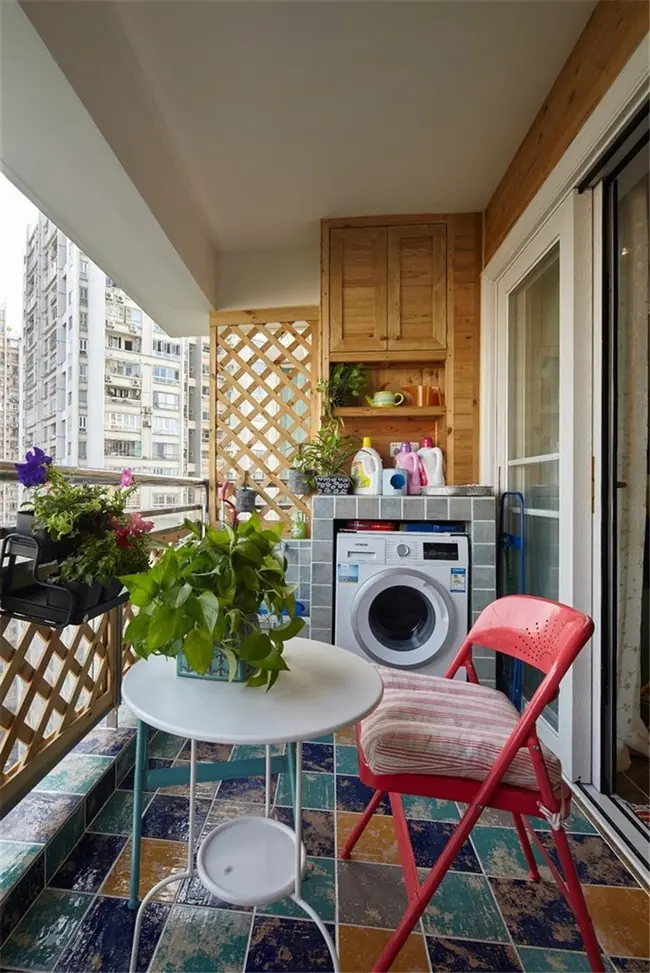
If You’re Keeping Your Washing Machine on the Balcony, You Definitely Should Consider This Design Upgrade

Snake nest crawling in air conditioner, expert shows how to prevent

Check them now before it's too late
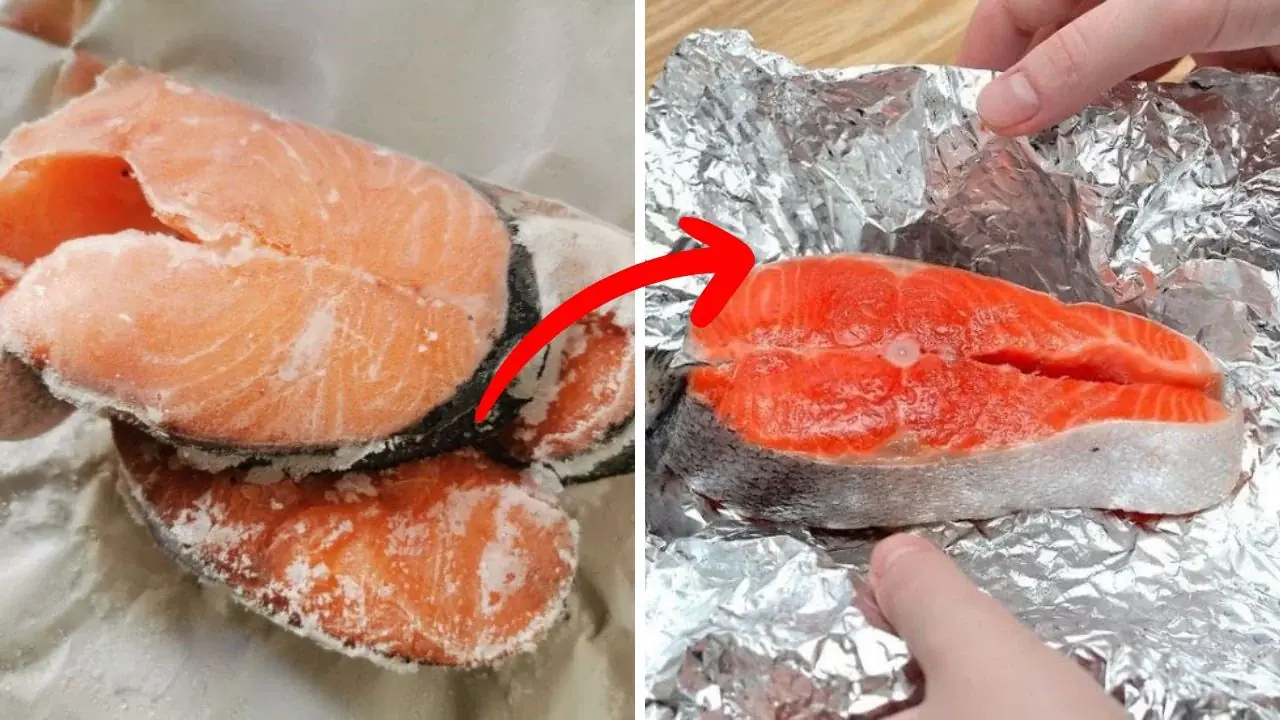
Defrosting Fish in Water Is a Mistake! Use This Method for Fast, Odor-Free, and Firm Fish
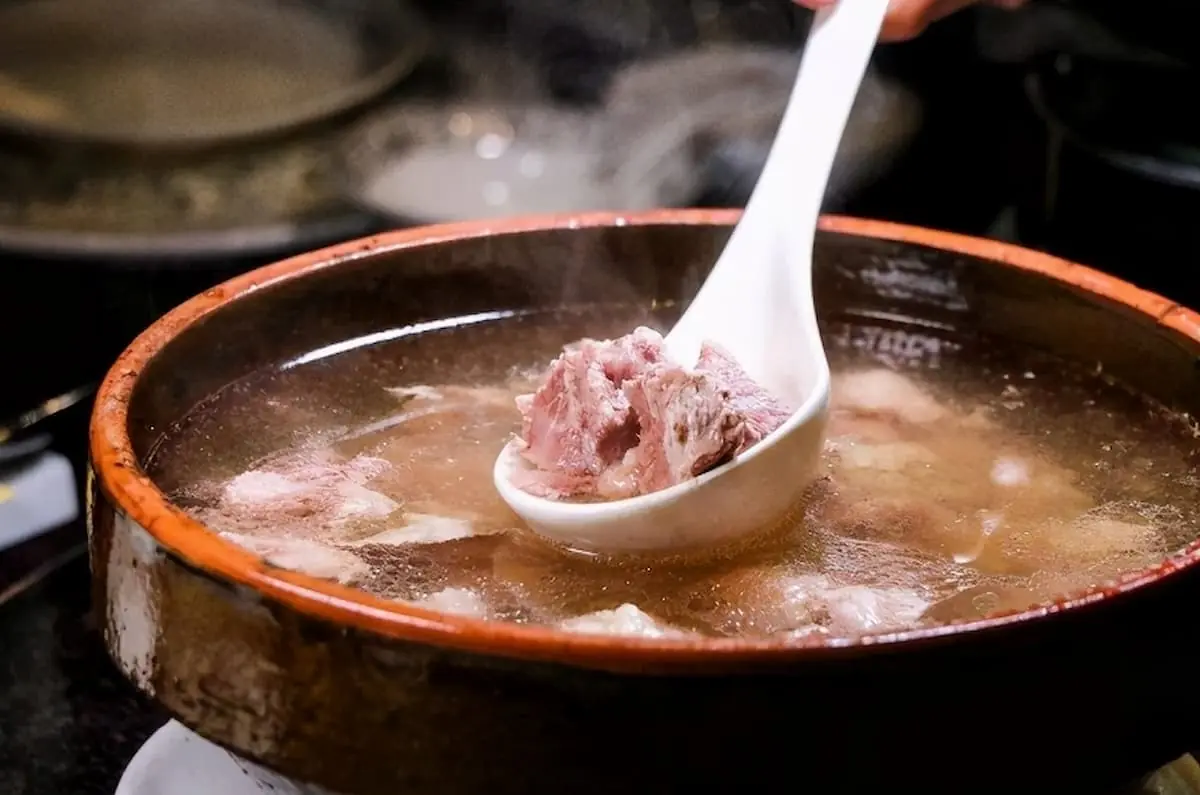
Does Longer Bone Broth Simmering Make It Tastier? Essential Tips for a Clear, Flavorful Broth
News Post

5 foods are considered "vacuum cleaners" for the l.u.n.gs: eat them regularly and your l.u.ngs will be cleaned

5 Habits Doctors Never Do During Flu Season: How They Stay Healthy Despite Daily Contact with Thousands of Patients

How can you make “5+5+5 = 550” correct with just one line?

Signs of High Blo.od Sugar and Diabetes Risk: If You Have Any of These 6 Symptoms, Be Cautious!
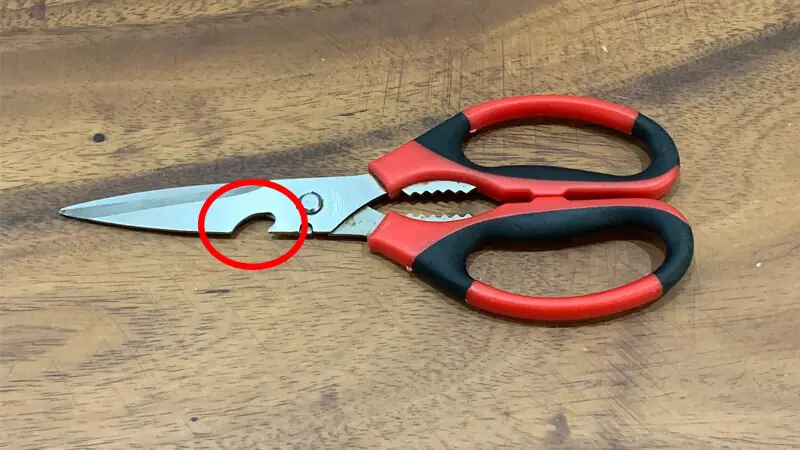
The Purpose of the Notch on Scissors: Many Homemakers Don’t Know How to Use It—What a Shame!

The rice barrel placed in this place will cause constant illness and difficulty
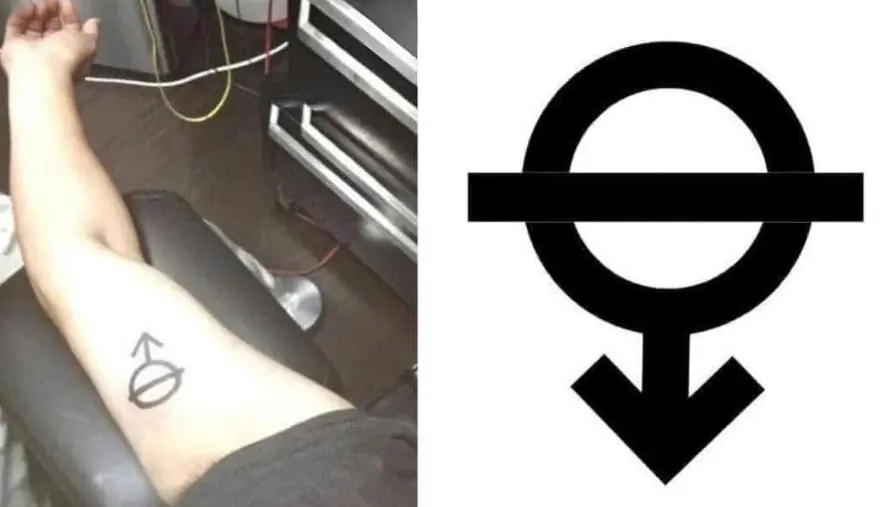
Is that girl okay?

The photo that made millions of people cry about the profession considered the di.rtiest in the world
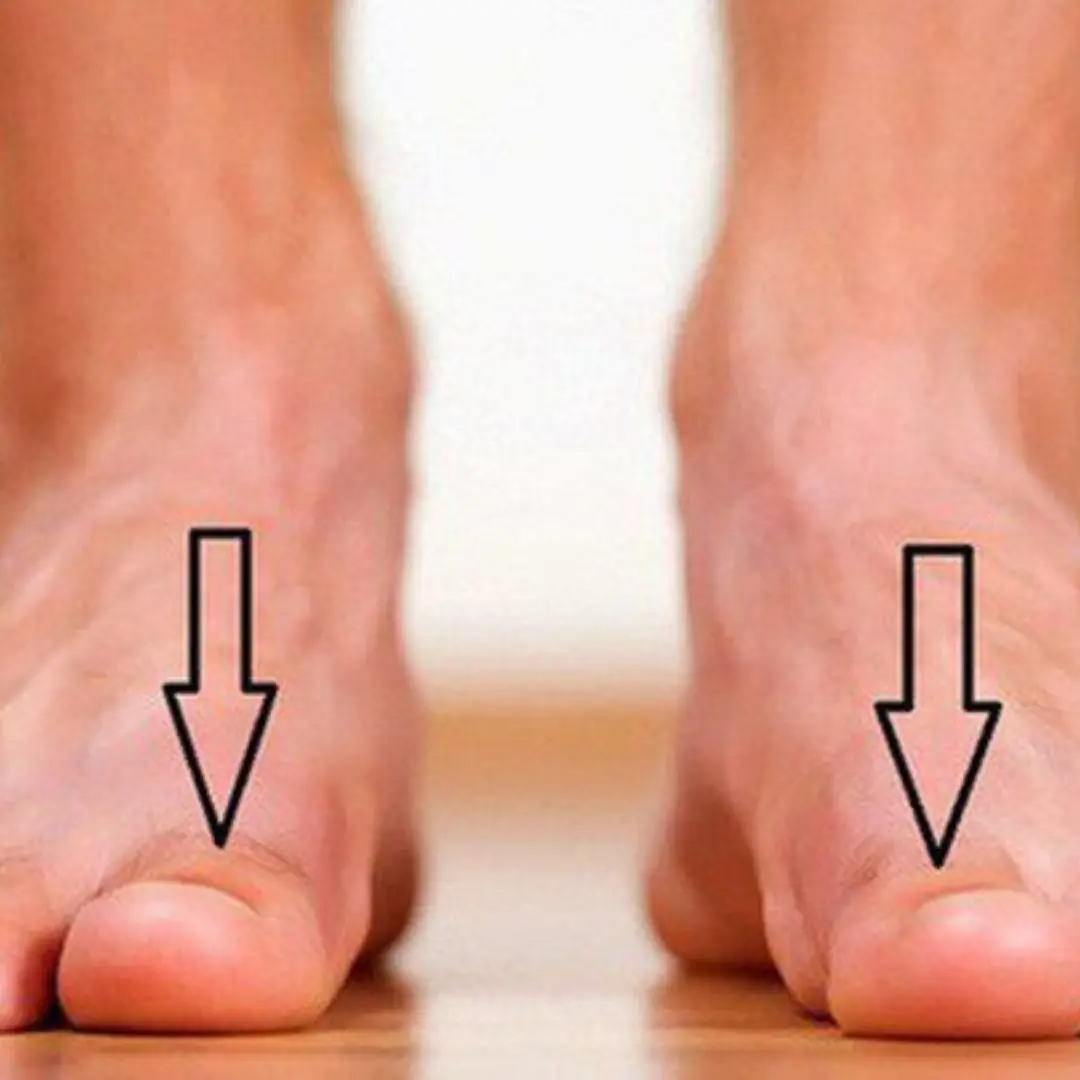
7 warning signs of incurable diseases on the feet: Those who do not have them are very congratulatory

Whole family hospitalized after eating watermelon left overnight in the refrigerator: Mistakes in preserving watermelon that many people make

What are the buttonholes and serrated holes on scissors used for?

Using your phone a lot is fine, but you have to avoid 2 times

The old man selling lottery tickets carried a sack of change into the bank, was loo.ked d.own upon by the staff and had a surprising ending

I'm only 22 years old, but I just agreed to marry a rich 60 year old man

Who D.ie.s If ‘E’ Pushes The Stone?

Many people worry that throwing toilet paper into the toilet might cause blockages
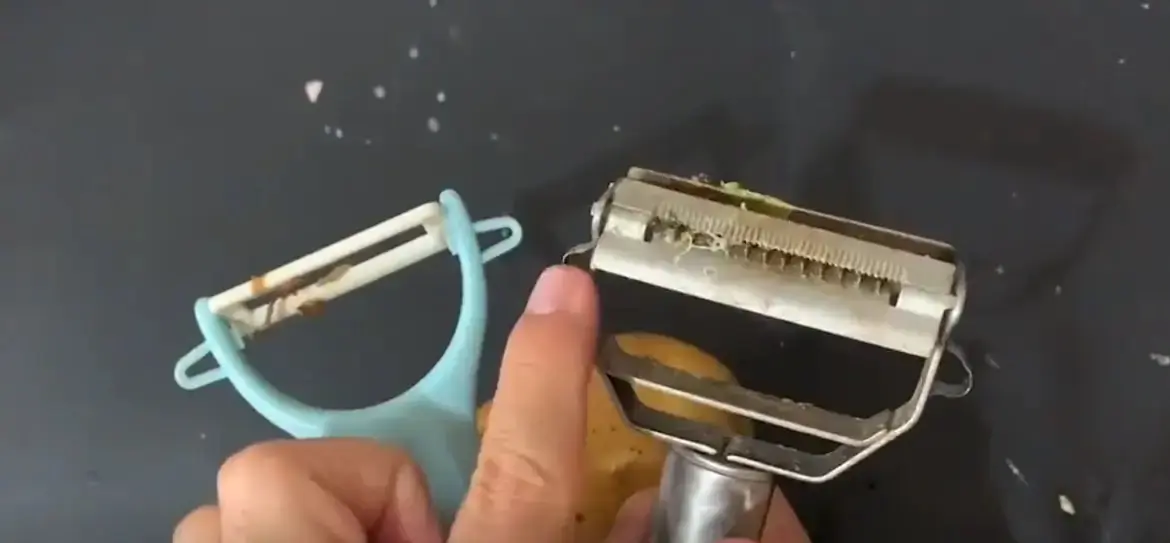
The "Secret" of the Small Hole on a Vegetable Peeler That Made Me Realize My EQ Has Been at Rock Bottom for 10 Years!

Can you spot the turtle in 15 seconds?
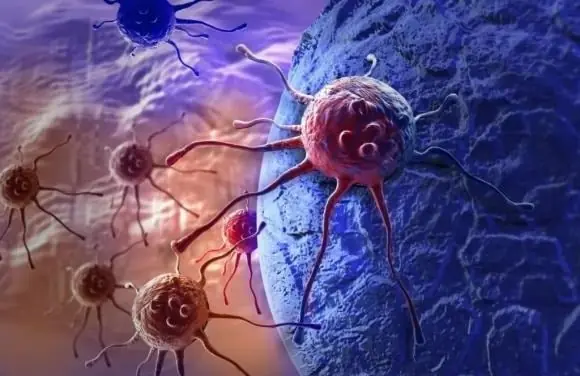
9 Warning Signs of Can.cer: Recognize Them Early to Save Your Life
